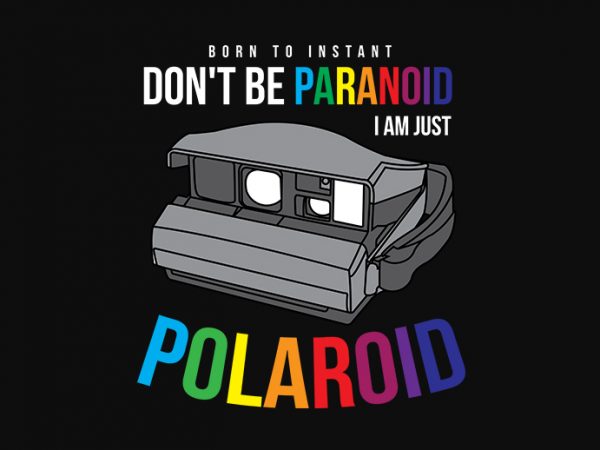

This may be because of a lack of reliable constructs for measuring nondelusional paranoia in the types of large studies on which actuarial instruments are usually based. A second type of risk assessment, actuarial risk assessment, has not consistently integrated an assessment of paranoid ideas into its approach. Whether paranoid ideation is related to a risk of harm to others is then evaluated on a case-by-case basis in the context of other factors, including ones that may be highly specific to the individual.Īctuarial risk assessment.

In his 2007 review, Freeman 8 noted that in addition to the nearly 50% of patients with schizophrenia who have persecutory delusions, 44% with psychotic unipolar depression, 31% with dementia, and 28% of patients who have had a manic episode also have persecutory delusional thoughts.įreeman 8 also reported that in studies of a nonclinical population from which persons with psychotic disorders were excluded, at least 10% to 15% of individuals regularly experienced paranoid thoughts, and these were increased in the presence of anxiety or depression. Many other psychiatric disorders are associated with paranoid delusions and even more with paranoid ideation. The most common approach-clinical judgment in usual practice settings- takes paranoia into account in the diagnostic process, and not only in schizophrenia, delusional disorder, or paranoid personality disorder.

The 3 main types of contemporary risk assessment integrate information about paranoid states in distinct ways:Ĭlinical judgment. 7 In this context, for the assessment of violence risk, it is more relevant to know whether a person is paranoid than whether he or she is a paranoiac, and to know what makes him less paranoid. 6 The latter takes a dynamic approach, which focuses on variables that are susceptible to change with treatment. The assessment of violence risk: risk status vs risk state Contemporary violence risk assessment in both criminal and psychiatric populations can emphasize either the prediction of an individual’s level of future risk or the management of risk. Because of their role in the onset of psychotic illness, these early symptoms marked the spot within the psyche where the person was most vulnerable to future decompensation, including passage to the act of violence, with implications for treatment and prevention. The symptom in a second step, became necessarily situated within the person’s life story and premorbid personality. Lacan synthesized these views by conceptualizing the latter eruption of symptoms as the sudden appearance of an affective state with an organic basis that was initially devoid of meaning.

1 By the end of the 19th century, 50% to 80% of patients in asylums in German-speaking countries had received a diagnosis of paranoia. The term “paranoia,” derived from the Greek &lduo para” (beside) and “nous” (mind), was coined as a descriptor of psychopathology by Heinroth in 1818.


 0 kommentar(er)
0 kommentar(er)
